In case you missed it, millions of people from all over the world turned their lights off Saturday, March 28th from 8:30 – 9:30pm in a global environmental grassroots movement known as Earth Hour. Changes in climate are occurring at a faster pace than ever before as a result of human-induced pressures on the environment (think increased CO2 emissions). Earth Hour is a way for the citizens of the world to send a clear message on the need for greater climate change action strategies.
As it turns out, jellies have been conducting their own Earth Hour for decades shutting down power in locations all over the world. The first recorded jellyfish induced power outage occurred in Australia in 1937 when a smack (a lot!) of jellies clogged the cooling intake pipes of a coal-fired power plant. A similar event in 1999 caused a blackout for 40 million people in the Philippines. The cold water intake pipes of a nuclear power plant in Sweden were clogged by moon jellies in 2005 and again in 2013 resulting in the closure of one of the reactors that supplies 10% of the country’s power. In the United States, jellies have caused the shut down of California’s Diablo Canyon nuclear power plant, Florida’s St. Lucie plant, and Maryland’s Calvert Cliffs nuclear power plant and Chalk Point Generating Station, the state’s largest power plant.
Though jellyfish blooms have long been an issue for power plants, the frequency of such events has been on the rise in the past decade and could continue to rise as environmental conditions change. Warming ocean temperatures promotes some populations of jellies such as Moon jellies (Aurelia aurita) to increase and extends the ranges of other jellies such as tropical box jellyfish and the Irukandjis. Increased nitrogen and phosphorous levels in the ocean due to fertilizer runoff from agriculture and industrial activities depletes oxygen levels in the ocean creating uninhabitable eutrophic zones. However, the ability of jellies to survive in such low oxygen environments means they are more likely to populate areas where other ocean dwelling species cannot.
This is not a doom and gloom story about what we as humans are doing to the oceans, but rather a glimpse at how such simple creatures are thriving in a rapidly changing environment. And maybe a small reminder that you can use #yourpower to change climate change.
“We are the first generation to feel the effects of climate change and the last generation that can do something about it.” – President Barack Obama





